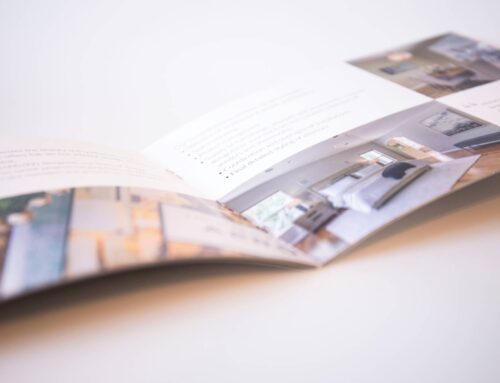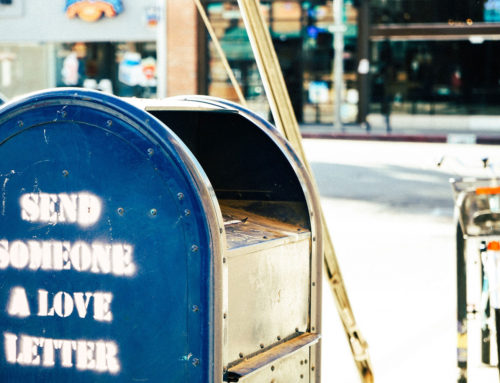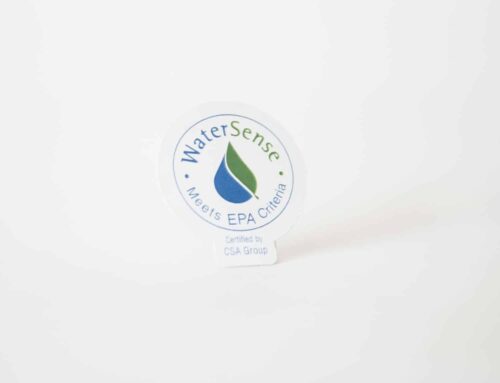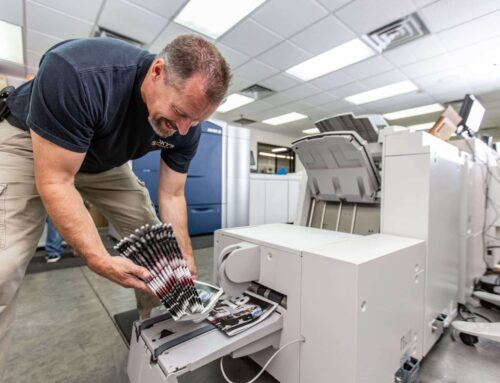Design is everywhere in the world of branding and marketing. It’s how businesses showcase who they are, what they stand for, and how they want to connect with their audience.
Just a few decades ago, graphic designers spent their days crafting print layouts for posters, books, brochures, and other physical materials. Every detail, from the fonts to the paper stock, mattered.
Fast forward to today’s digital age, and the design world has evolved into a vast, ever-changing landscape that spans websites, social media, apps, and more. Now, graphic designers have to think about how their work looks across all kinds of screens and devices – it’s a whole new ballgame.
Even though the basics of design, like balance, contrast, and composition, are still the same, print design vs. digital design needs different skills and approaches. Let’s break down what makes each one unique!
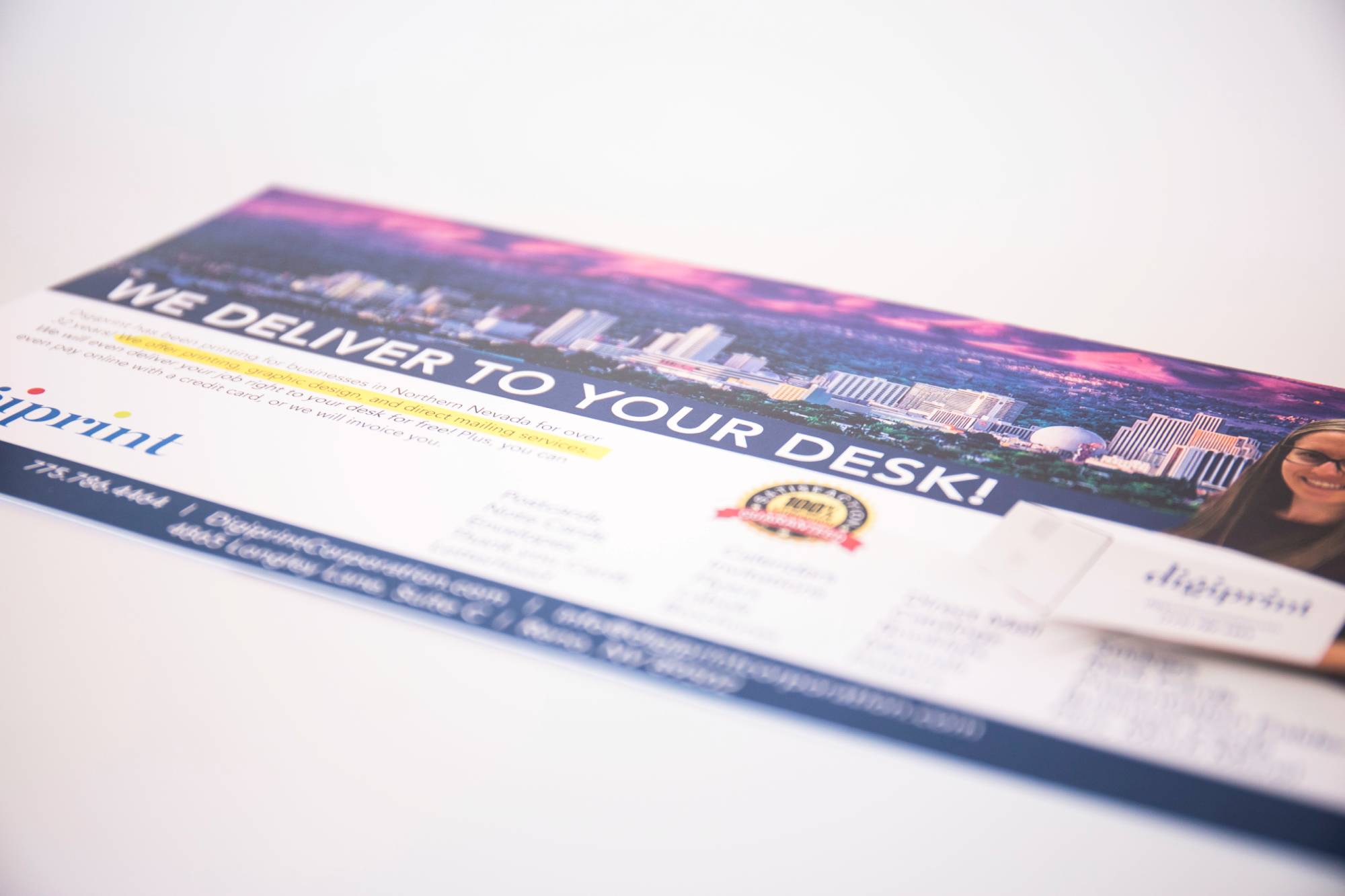
Table of Content
Print Design: What It Is and What Makes It Unique
Digital Design: Definition and Characteristics
Key Differences Between Print and Digital Design
Challenges in Print Design
Challenges in Digital Design
When to Use Print Design vs. Digital Design
Print Design: What It Is and What Makes It Unique
Print design covers anything created for physical mediums like brochures, magazines, business cards, posters, and packaging. Basically, if it’s going to be printed on paper (or any physical material), it falls under the umbrella of print design.
Fixed Sizes and Dimensions
Print design works with fixed dimensions. A business card has to be a specific size to fit in a wallet, and a poster needs to fit neatly on a wall. Print and design services operate within these boundaries to make sure everything looks just right on paper.
Color Models (CMYK vs. RGB)
In print design, colors are created using the CMYK color model – Cyan, Magenta, Yellow, and Key (Black). Digital design, on the other hand, relies on the RGB (Red, Green, Blue) color model. Getting the colors right in print media can be a bit tricky because what you see on screen (RGB) isn’t exactly what will appear when it’s printed (CMYK).
Physical Limitations
Print design also comes with a set of physical limitations. Local print designers must think about things like bleed (extra space for trimming), trim (the actual cut), and resolution. For print, a high resolution is essential to ensure the final product is crisp and clear.
Importance of Tactile Elements (Textures, Finishes)
One of the best things about print design is the ability to add tactile elements – you can actually feel it! Paper texture, glossy or matte finishes, embossing, and other details bring a whole new layer of experience to your design.
Real-world examples of print design include flyers, business cards, and product packaging. Since these printed materials are physical and represent your brand, they need to stand out and leave a strong impact on whoever receives them.
Digital Design: Definition and Characteristics
Digital design involves creating visuals for screens, like websites, social media posts, mobile apps, and online ads. It’s constantly changing, thanks to ever-evolving technology and digital devices.
Here are some key characteristics of digital graphic design in Reno:
Flexible Layouts (Responsive Design)
Digital web design needs to adapt to different screen sizes and orientations. The goal is to ensure the design is easy to navigate and looks great, no matter where it’s viewed.
Dynamic and Interactive Elements
Print:
Digital designs allow for interactive features you can’t have in print, such as buttons, animations, videos, and hyperlinks. These features make the design more engaging and allow users to interact with it in real-time.
Color Considerations
Digital design uses the RGB color model (Red, Green, Blue). Because these colors are created by light, they’re often more vibrant than what you’d see in print. Digital designers also need to consider how colors might look on different screens, as they can vary slightly depending on the device.
Optimizing for Screen Resolutions and Load Times
Speed matters in digital graphic design. Large, unoptimized images can lead to slow download times and poor user experiences. As such, balancing high-quality visuals and the right file sizes is crucial.
You’ll find digital design everywhere, from website layouts and online ads to email marketing templates and social media graphics.
Key Differences Between Print and Digital Design
Although both print and digital design follow the same basic design principles, they differ in several ways.
1. Resolution and File Formats
Print:
Print design requires high resolution to look sharp. Graphic designers typically work with 300 DPI (dots per inch) or higher to ensure images and text come out crisp in the final print. Print files are often larger because they need that extra level of detail.
Digital:
In digital design, the focus shifts to keeping file sizes smaller so things load faster online. Digital designers usually use lower resolutions (around 72 DPI) to optimize for quicker load times. Common digital file formats include JPEGs, PNGs, and GIFs, while print files are often saved as PDFs or TIFFs to preserve quality for printing.
2. Color Models
Print:
Print graphic design uses the CMYK color model. The on-screen colors are carefully proofed and converted to make sure they appear as expected in print.
Digital:
Digital design works with the RGB color model. Web designers can leverage the wider color spectrum to create bold and engaging visuals.
3. Typography
Print:
With print design, you have complete control over fonts, spacing, and layout. Once printed, what you see is exactly what you get – no surprises.
Digital:
Typography in digital design needs to be flexible. Fonts can appear differently across various screens, so designers need to ensure text is readable on everything.
4. Interactivity
Print:
Print is static. Once it’s printed, that’s it. There are no buttons to click, no videos to watch – what you see is what you get.
Digital:
Digital design allows for interactivity. Digital designers can include clickable buttons, animations, videos, and other interactive features that engage and encourage specific actions.
5. Audience Reach
Print:
Print design tends to have a more local or specific reach. Materials like flyers, brochures, and business cards are typically handed out in person or distributed within a certain area.
Digital:
Digital design has the advantage of reaching a global audience instantly. A social media post or website can be accessed by anyone, anywhere, at any time. Plus, digital art and content can be shared easily.
Challenges in Print Design
Despite its benefits, print design comes with a few challenges that designers and businesses need to keep in mind:
Cost and Production Time
Printing can be expensive, especially if you’re aiming for high-quality paper, special finishes like glossy or matte, or large quantities. And it’s not just the printing itself that adds up – shipping costs can also be significant, especially for bigger print jobs.
When it comes to production time, print graphic design takes a lot longer than digital. You can’t just hit “publish” and call it a day. The process involves designing, proofing, sending to print, and then waiting for the final product to be delivered. If you’re on a tight deadline, print can feel like a bit of a hassle compared to the quick turnaround of digital design.
Limited Ability to Update or Change
Once something is printed, it’s set in stone. If you spot a typo or need to update information after the fact, your only options are to either live with the mistake or reprint everything.
Materials and Environmental Impact
Print design requires a lot of physical resources – paper, ink, and energy. There’s also the issue of waste. If you overestimate the number of copies you need, that’s more paper going to waste.
Many print shops in Reno, NV, are trying to be more eco-conscious by using recycled materials or opting for sustainable printing methods. However, balancing high-quality print materials with environmental responsibility is still challenging.
Challenges in Digital Design
Digital graphic design is also not without its hurdles:
Keeping Up with Technology and Platform Requirements
Technology moves fast, and digital designers are constantly playing catch-up. New tools, software updates, and design trends seem to pop up daily – and staying on top of all these changes can be tricky.
Social media platforms are a perfect example. They frequently update their guidelines for image sizes and ad formats. Designers need to be aware of these shifts to ensure their designs look good across all platforms. If you miss an update, your design could end up looking out of place or even unusable.
Designing for a Range of Screen Sizes and Resolutions
People view digital designs on all sorts of devices: smartphones, tablets, laptops, desktops you name it. Hence, they must be responsive.
But it’s not just about making things bigger or smaller. Designers need to consider readability, spacing, and usability across all devices. A design that looks perfect on a large desktop monitor might end up cluttered and challenging to navigate on a phone screen.
Then there’s screen resolution. Since high-resolution screens can expose flaws in low-quality images, designers must ensure their visuals hold up no matter where they’re being viewed.
Balancing Aesthetics with Functionality and Load Times
Digital designers have to strike a balance between making something visually appealing and ensuring it loads and works smoothly.
Large images, videos, or fancy animations can slow download times, frustrating users and leading them to leave the site or app. The trick is finding the sweet spot where the design looks great without sacrificing performance.
When to Use Print Design vs. Digital Design
So, when should you go with print design, and when is digital the better option? Let’s break down how each can benefit your business:
Print Design
Print is perfect for when you want to create high-quality, tangible materials that people can hold in their hands. For example, if you’re attending a trade show or hosting an event, having printed materials allows attendees to take a little piece of your brand home with them – something they can touch and reference later. It’s a great way to leave a lasting impression.
Print materials are also excellent for local marketing. You can distribute flyers or postcards around your community to promote a new product, service, or event. And since print doesn’t rely on internet access, you know your message will reach people regardless of their connectivity.
Digital Design
Digital design, on the other hand, is perfect for scalable, cost-effective marketing. Whether it’s web ads, social media posts, or email campaigns, digital design helps you reach a large audience quickly and efficiently.
The best part? You can track the performance of your digital designs in real-time and make updates on the fly if needed.
Digital design also allows for interactive elements like clickable links, animations, and videos that engage your audience differently.
Integrating Both for a Cohesive Brand Strategy
You don’t have to choose between print and digital. In fact, we recommend using both to create a more effective branding strategy.
For example, you might use print materials to drive traffic to your digital platforms. A flyer or poster could include a QR code that, when scanned, takes people directly to your website or a special promotion online.
Likewise, your business cards can feature your social media handles, encouraging people to connect with you digitally after meeting in person.
Conversely, digital design can promote physical events or in-store specials. Your social media posts can showcase behind-the-scenes looks at your printed materials, or an email campaign can announce a local event or promotion.
With this integrated approach, you’re covering all your bases. The key is to ensure your print and digital designs are consistent in style and messaging, so your brand feels seamless no matter where your audience encounters it.
Maximize Your Marketing Impact with Digiprint!
That wraps up our deep dive into the differences between print and digital design. Remember, it doesn’t have to be one or the other. Combining print and digital design gives your brand a powerful edge. The key is consistency – ensuring your brand’s look and message are seamless across both mediums.
At Digiprint, we specialize in helping businesses like yours create standout marketing materials that connect with your audience.
Contact us today, and let’s bring your brand to life!

